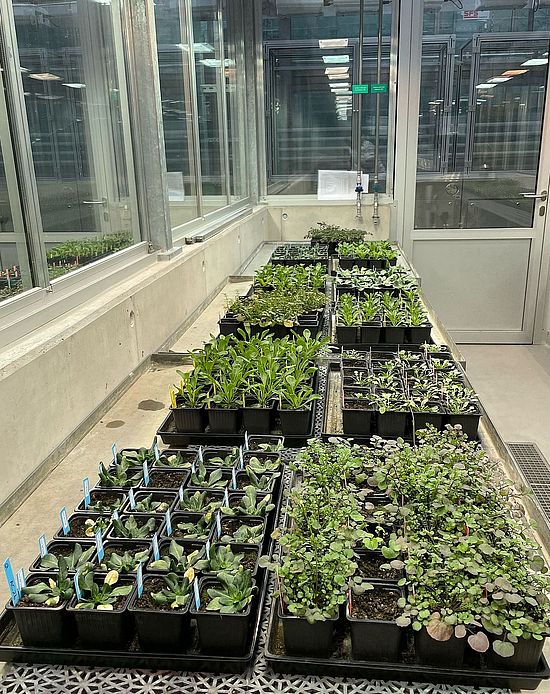Elevational range limits and constraints to the evolution of the climate niche
Species commonly have fairly distinct limits to spatial occurrences. The evolutionary causes of these range limits may be manifold. Often, small population size, genetic drift opposing selection or genetic constraints reducing evolvability may be involved. Previous macroevolutionary work on elevational range limits in Brassicaceae detected the importance of trade-offs involving the speed of growth under heat, acquisition capacity (SLA) and plant size to be important (Maccagni & Willi 2022). The current research builds upon these results. We investigate whether the same type of trade-offs exist on a microevolutionary scale, within species. In 6 species of Brassicaceae, we compare the genetic architecture of traits across populations of the elevational gradient. Furthermore, we assess the role of dispersal on range limits by using population genomics tools.
Current work of: Aaditya Narasimhan
Former work of: Theofania Patsiou, Alessio Maccagni, Jens Paulsen, Georg Armbruster
References:
Maccagni A, Willi Y (2022) Niche breadth and elevational range size: A comparative study on Middle-European Brassicaceae species. Phil Trans Royal Soc B: Biological Sciences 377:1846, 20210005, doi.org/10.1098/rstb.2021.0005
Maccagni, Alessio (2021) Adaptation to elevation in Brassicaceae species of the central Alps. Doctoral Thesis, University of Basel



Quick Links
Social Media
